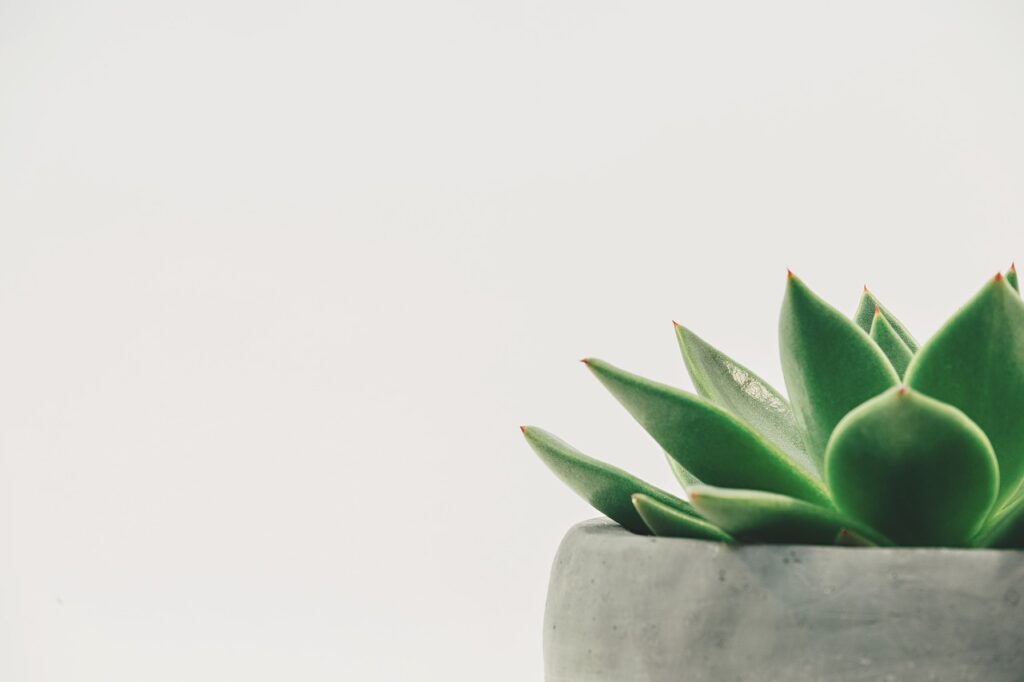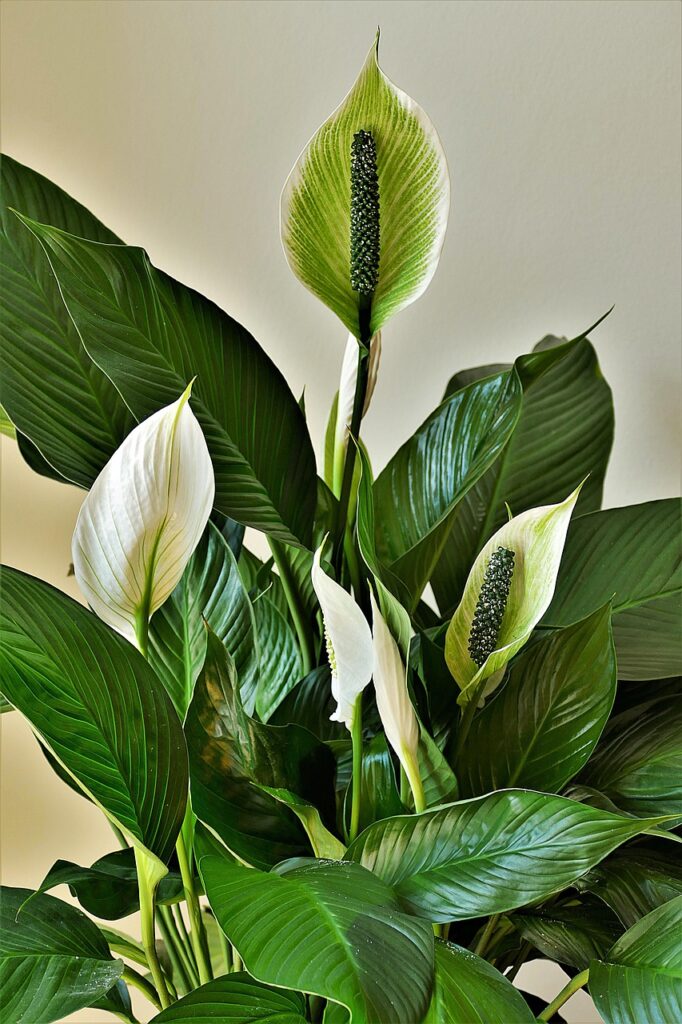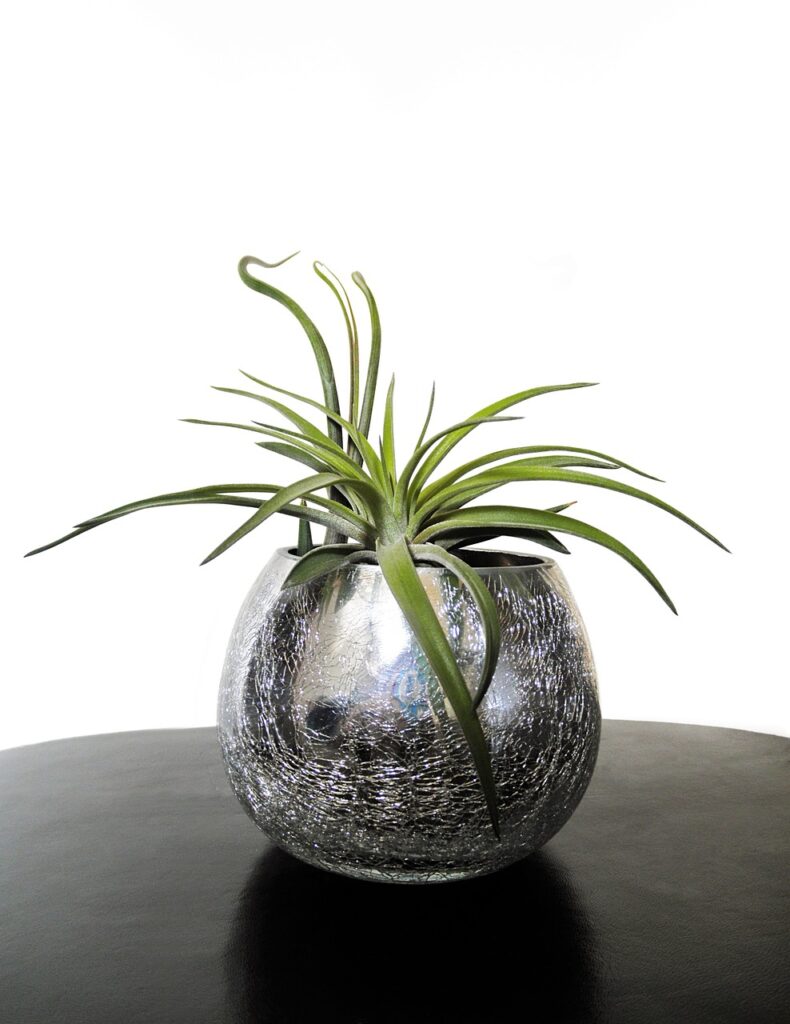House plants. They are not for everyone. But, they add a sense of calm and completeness to a home – similar to a garden. If you recall, we posted about gardens and planting in a past blog.
If you’re like us and haven’t had much luck keeping houseplants alive, we’ve got some tips for you.
These easy to keep alive plants will boost your plant keeping confidence with their forgiving growing habits and stylish forms and foliage. Get ready for succulent succulents!
Step 1: Mapping Out Your House For Plants
Take stock of your house. Look at the corners and spaces you want to fill.
Next, evaluate your interior space for light exposure and temperature. These are crucial for plants. Map out spots that receive direct sunlight, those that receive bright, indirect sunlight (a favorite exposure of many houseplants), and spots with little sunlight. See what size of plant and form (upright, loose filler, or trailer) would work best in each space. Locate your heating units and plan to keep plants away from these areas.
Once you have your house plant map complete and you know what size and shape of the plant you need, you can start your plant shopping spree.
Step 2: Choosing The Plants
We have a few choices for you
1. Cacti and Succulents
These fleshy, sometimes spiny, plants are easy to grow and come in a wide range of sizes and forms. Agave, aloe (one of our favorites), echeveria, sedum, aeonium, kalanchoe, and jade plants are all commonly available and do well in sunny spots indoors. Show off a collection of baby cactuses and succulents by grouping them together on a windowsill.
Grow most cacti in full sun and most succulents in bright, indirect light. Use a fast-draining potting mix and allow the soil to partially dry out between waterings. Don’t overwater. You can put a reminder in your cell phone and you should be good to go.
2. Peace Lily
With their abundance of glossy, dark leaves and white blooms held upright like candles, peace lily keeps on giving, asking for little care in return. If any leaves turn yellow — an indication of overwatering or underwatering — pull them gently from the base and the plant will quickly fill in with new growth. How great is that?
Grow in moderate, filtered light (will also tolerate low light); keep out of the direct sun. Water weekly to keep the soil moist but do not allow it to sit in water.
3. Air Plants
Several years ago, we never really saw these funky epiphytes outside of orchid shows, but now they seem to be everywhere. Get in on the trend by placing a few of these soil-free plants in a shallow bowl for a tabletop display, tuck them into hanging glass orbs in a window or arrange a vignette of wall-mounted growing nooks. These can be placed in any area of your home and they add a luxurious touch.
Step 3: Set A Schedule
There are so many ways to make a schedule and get to watering your plants. There are free and paid apps online. Or, if online is not your thing, there are several printable PDFs you can download and print to keep you on track.
As always if you need help with anything home-related give us a call. Gregg Bamford and Ryan Bamford.






